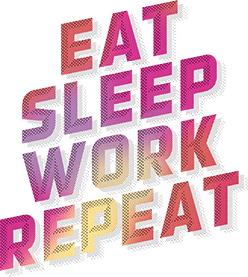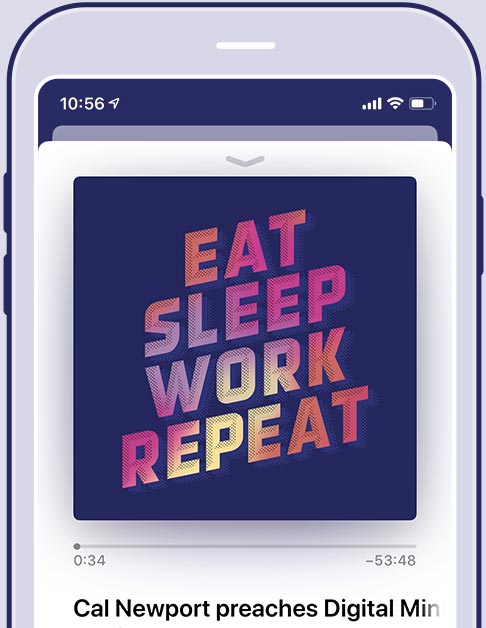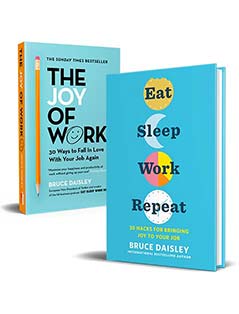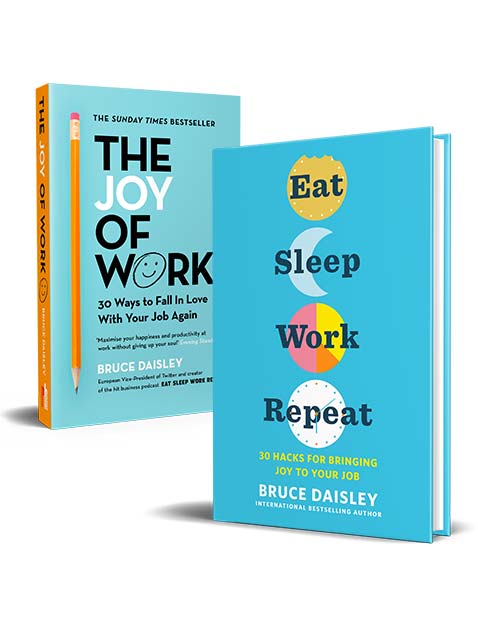The Barcelona Way (& 5 Models for Work Culture)
In 2007 as Barcelona were looking to replace their manager they were faced with a difficult challenge. They decided if they were to move on with a strong sense of sustainable success they needed to think about the culture they wanted to build.
They drew up a list of criteria for how they wanted to choose the manager. Interestingly most of the list didn’t mention football. Damian Hughes, Professor of Organisational Psychology at Alliance Manchester Business School goes on to explain the Barcelona approach to the challenges they faced.
Professor Hughes gives a 5 state model of culture. That was the work of James Baron and Michael Hannan at UC Berkeley’s Haas School of Business.
Bosses are given a choice of building their cultures with one of five different blueprints. By understanding these we can change our approach to hiring, retention, motivation and more.
(1) The Star Model
Football example: Real Madrid
This model is focussed on hiring the best of the best, Real Madrid embodied it with their Galactico approach. Hughes also describes the Google approach of soaking up all of the best engineers every year as an example of this. In this model the company pays handsomely for top talent and hopes they produce something wonderful and surprising once they are in place.
(2) The Engineering Model
Football example: Dortmund under Klopp.
This structure hires talented, results focussed workers who like working under pressure and a clear plan. There’s a strong suggestion that this is the most common culture in Silicon Valley start-ups. Works well where there is enough certainty to have a clear plan.
(3) Commitment Model
Football example: Barcelona
This sets about trying to have a clear sense of what the organisation is cultural defined by – and then hiring employees who are able to square their own interests with that model. In the studies that have been conducted the firms that adapted to this model seemed to find success most quickly (going public faster). It didn’t necessarily correlate with the best success in the long-term.
(4) Bureaucracy Model
Football example: Liverpool (pre Klopp)
This is constructed on a disciplined, administrative system. There are clear rules to the organisation and most behaviours are governed by expected behaviours. Employees fit in to do a specific task and are expected to perform that task in a prescribed way. It can lead to predictable levels of success but is likely to be unappealing to the most free-thinking and creative of employees.
(5) Autocracy Model
Football example: Manchester United under Sir Alex Ferguson
This model (similar to the bureaucracy model) has very clear rules and guidelines for employees with very limited scope for anyone in the organisation to have an impact on the decision making process. Decision making is top down and workers are not expected to present challenges to the way the company works.










